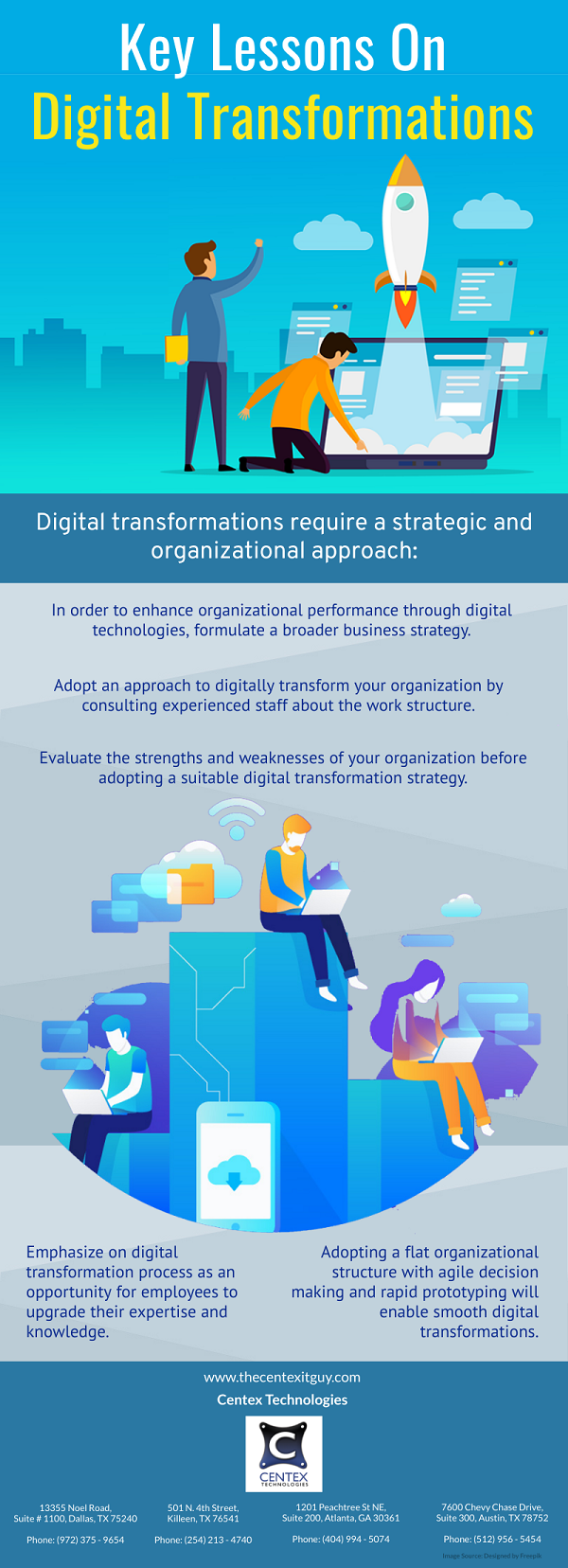Eye tracking defines the process of identifying where we look, in technical terms, it is referred as tracking the “point of gaze”. It also involves recording what do we ignore, when do we blink and how does our pupil react to different stimuli. The technology is being widely used in different sectors including healthcare, business marketing, website usability research, etc.
Concept Of Eye Tracking Technology
An “Eye Tracker” is used to collect the data related to movement of the eyes. It consists of two basic components; namely a light source and a camera. The light source is used to direct infrared light towards the eyes. This causes detectable reflections in the pupil and cornea of the eye. The reflection vector is tracked by the camera to record the eye movement.
Infrared light is used as it offers better accuracy as compared to visible light. Light falling in visible spectrum range tends to generate uncontrolled specular reflection. On the contrary, infrared light enters the pupil directly, while it bounces off the iris. This generates clear demarcation of the pupil adding to the accuracy of reflections. Also, the infrared light is not visible to the human eye and thus, it doesn’t generate any distraction to the user while his eye movement is being tracked.
Types Of Eye Trackers:
- Screen-Based Eye Trackers: They are mounted either below or close to the screen. They allow the respondent to be seated comfortably in front of the monitor and record eye movement from a distance. Although the devices record eye movement within certain limits known as head box; they still allow freedom of movement to the respondent. The devices are used when observing results for a screen-based stimulus such as magazines, books, pictures, videos, websites, etc.
- Head-Mounted Eye Trackers: These include mobile device trackers which are fitted near the eyes (commonly mounted in eyeglass frames). Thus, they allow greater degree of freedom of movement to the respondent. However, high degree of movement may result in shifting of the glasses while recording the eye movement. This type of eye tracker devices are used when observation has to be made for objects or tasks in real life or virtual environments such as usability studies, product testing, etc.
Business Applications Of Eye Tracking Technology:
- Market Research: Eye tracking helps in measuring attention to brand or products. Thus, business owners use the technology to evaluate their products, designs or buying behavior to optimize overall customer experience.
- Usability Research: The technology is being extensively used to measure user experience offered by a website. It helps the developers and business website owners in recognizing the areas that attract user attention or areas that need to be improved.
- Packaging Research: Before a product is launched, thorough research is done to design a package that can get enough visual attention on store shelves. Eye tracking technology is usually used for designing the packages and understanding customers’ preferences.
- Advertizing: Eye tracking is being used by business marketing professionals to measure the effectiveness of design concepts & placement of advertizement posts (print media and online).
For more information on latest trends in business technology, call Centex Technologies at (254) 213 – 4740.

